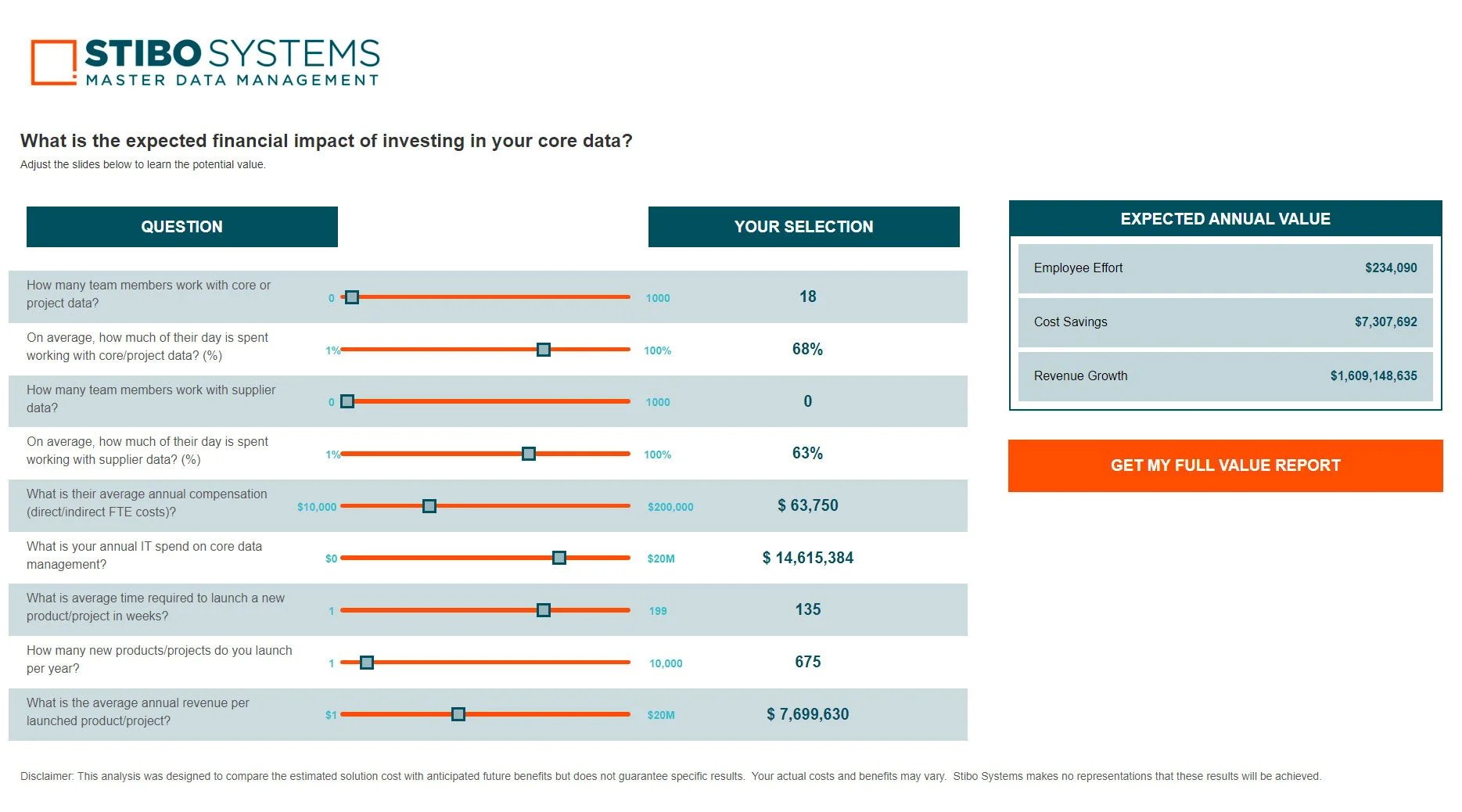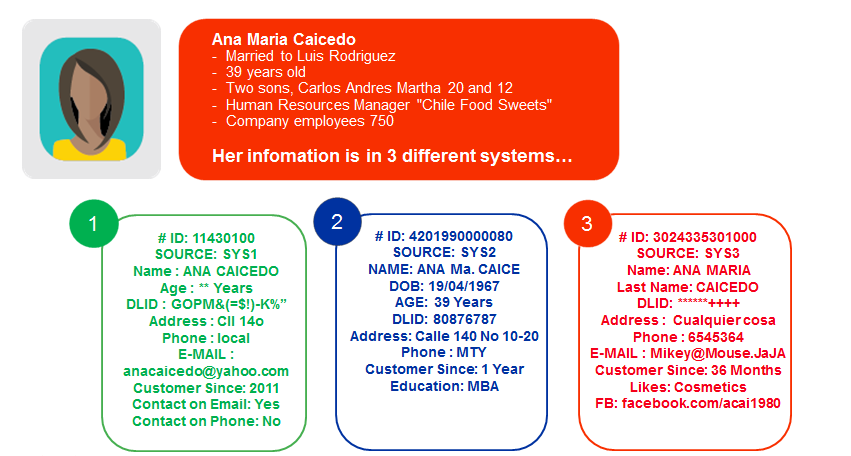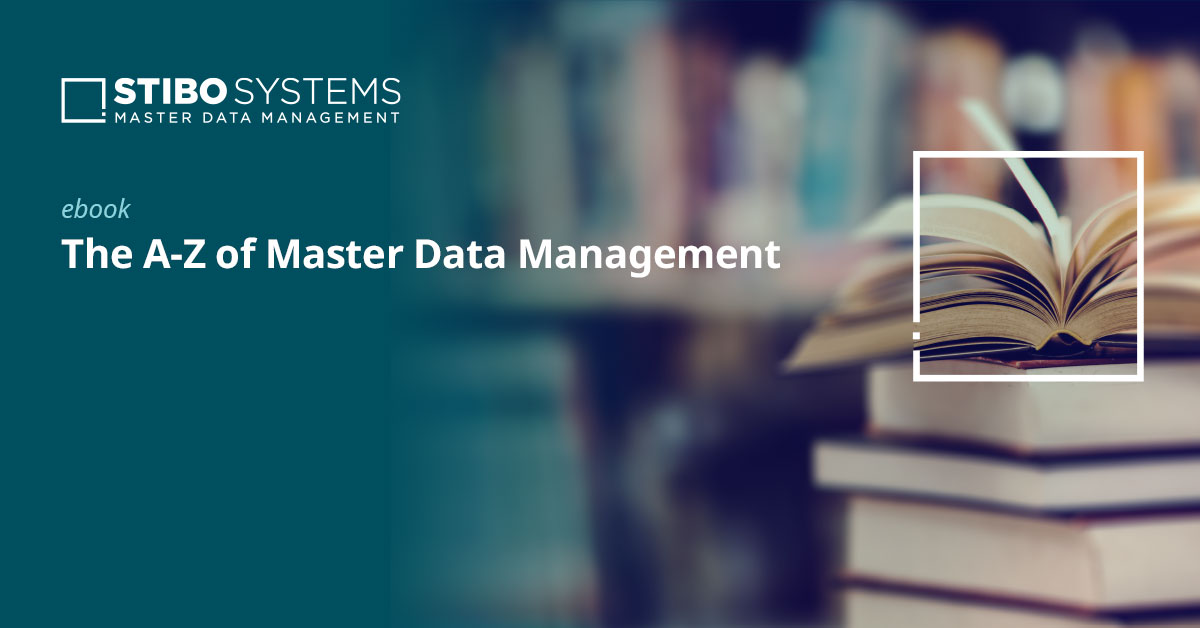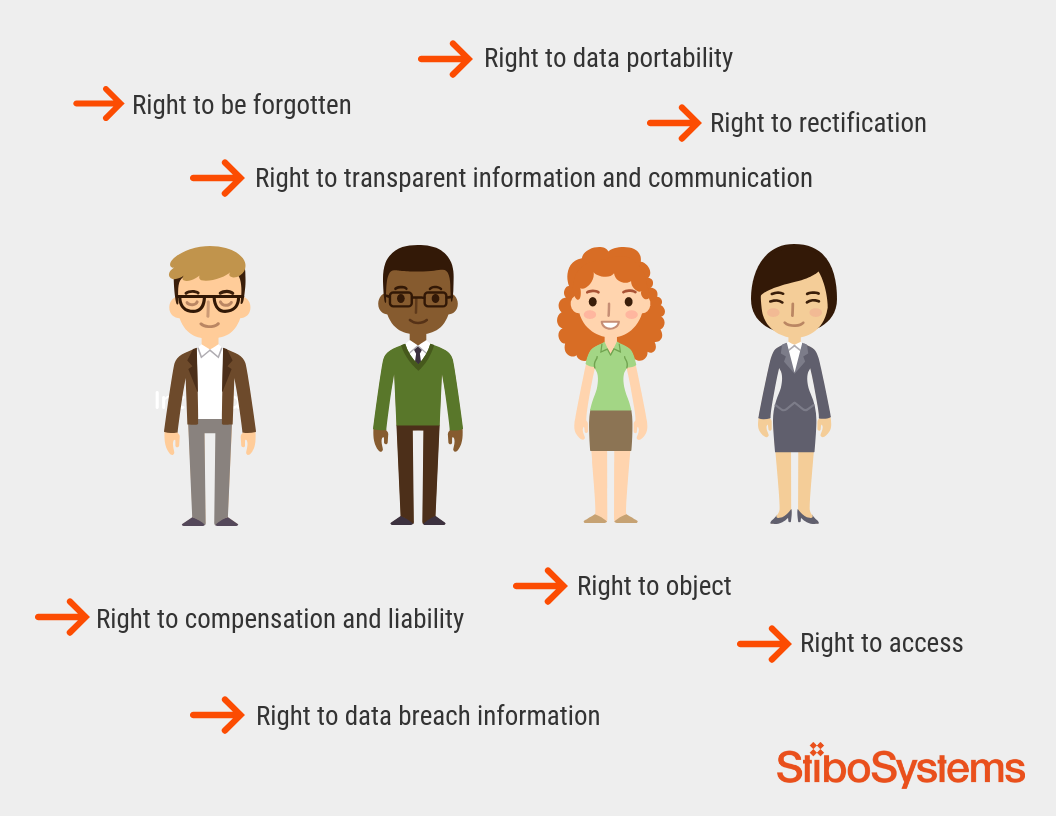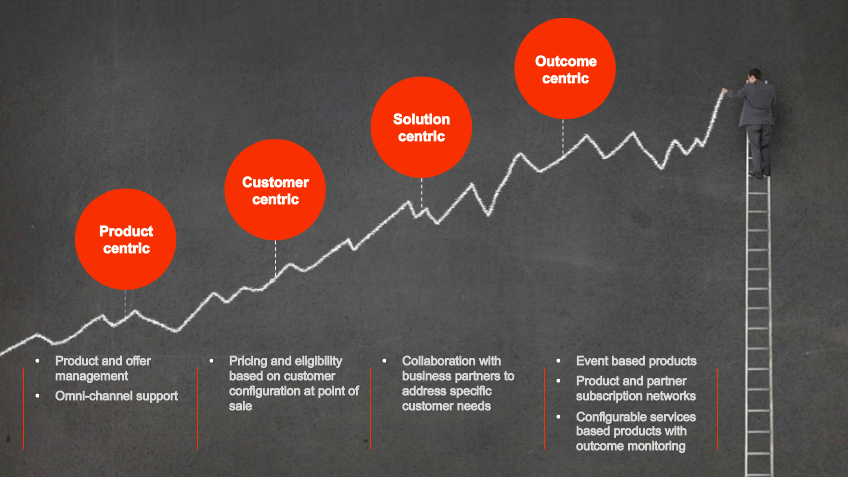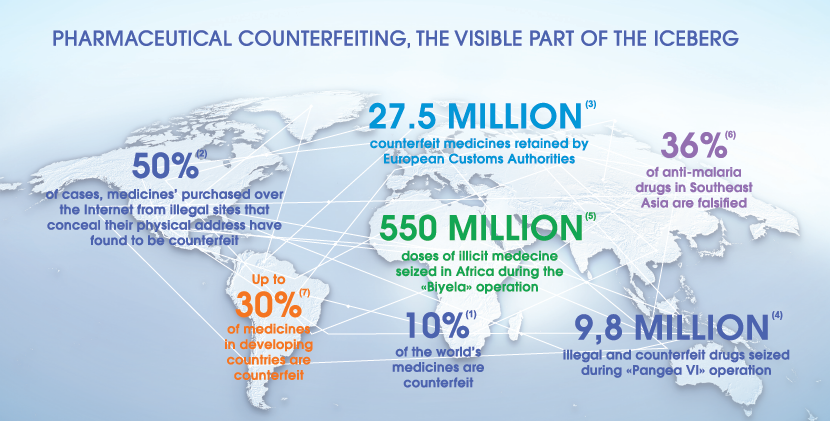Unlocking customer success: The ultimate best practice guide to mastering customer master data management
Customer data is the backbone of any successful business strategy. But with the increasing amount of data being generated every day, managing it effectively can be a challenge. To ensure that your customer data is accurate, consistent, and accessible, it is important to implement best practices in customer master data management. In this blog post, we will explore the key best practices that can help you achieve optimal customer data management and drive business success.
What are key best practices for customer master data management?
Customer master data management is a process that helps organizations manage and maintain a centralized, consistent, and accurate view of their customer information. The objective of customer master data management is to ensure that the organization has a single source of truth for customer data, enabling them to make informed decisions and provide a better customer experience. To achieve this objective, organizations need to follow best practices for customer master data management. Here are eight key best practices:
- Establishing a single source of truth for customer data
- Implementing data governance processes to ensure data accuracy and completeness
- Regularly maintaining and updating customer data
- Ensuring data security and privacy
- Integrating customer data with other systems and data sources
- Implementing a system for data lineage and auditing
- Providing self-service capabilities for customers to manage their own data
- Regularly evaluating and improving processes for customer data management

#1 best practice: Establishing a single source of truth for customer data
Establishing a single source of truth (SSoT) for customer data is a critical aspect of customer master data management. The SSoT refers to a definitive and centralized repository for customer information that acts as the authoritative source for all customer-related data across the organization. This includes customer names, addresses, contact information, purchasing history, demographics, and other relevant data.
Having a single source of truth for customer data is essential for ensuring data consistency and accuracy, reducing duplicates, and preventing data inconsistencies and errors from spreading across the organization. By establishing a SSoT, organizations can ensure that all customer-related data is consistent and accurate, and that there is a clear and established process for managing customer data updates.
To establish a single source of truth, organizations must first assess their current data landscape, identify the sources of customer data, and determine which source should serve as the SSoT. The SSoT should be managed by a central data team responsible for maintaining data quality, implementing data governance processes, and enforcing data policies.
In addition, organizations must ensure that all systems and processes that use customer data are connected to the SSoT, and that any updates made to the customer data are made through the SSoT. This helps to ensure that all customer data remains accurate, consistent, and up-to-date, and that the organization is able to make informed decisions based on accurate customer data.
"And yet 92% of companies today still don’t have a single customer view."
#2 best practice: Implementing data governance processes to ensure data accuracy and completeness
Implementing data governance processes is a key aspect of establishing effective customer master data management. Data governance refers to the policies, procedures, and standards that are in place to ensure that data is accurate, consistent, and up-to-date. In order to ensure data accuracy and completeness, a company needs to implement a set of data governance processes that cover the entire data lifecycle, from creation to maintenance to retirement.
Some of the key elements of data governance for customer master data management include defining roles and responsibilities for data management, establishing data quality standards, setting up data stewardship programs, and implementing data governance tools and systems. Additionally, companies need to develop and enforce data management policies that cover areas such as data security, privacy, and retention.
Implementing these data governance processes is essential for ensuring that customer master data is accurate and complete, as it allows companies to maintain high levels of data quality and prevent the introduction of errors and inaccuracies. Additionally, it helps companies ensure that they are compliant with industry regulations and data privacy laws. Overall, implementing data governance processes is an important step in establishing a robust and effective customer master data management program.
#3 best practice: Regularly maintaining and updating customer data
Regularly maintaining and updating customer data is a crucial aspect of customer master data management. This involves continuously monitoring and updating the customer data in the system to ensure that it is accurate, complete, and up-to-date. This is important because customer data is constantly changing and evolving, and it is essential to keep it updated to ensure that the organization has the most accurate and up-to-date information about its customers.
There are several ways to achieve this, including automating the data maintenance process, regularly reviewing the data for errors or discrepancies, and implementing a data quality control process that checks for completeness and accuracy. The organization should also establish a process for keeping track of changes made to the customer data and ensuring that all updates are made in a consistent manner.
Maintaining accurate and up-to-date customer data is crucial for organizations to effectively understand and engage with their customers, make informed business decisions, and improve customer experiences.
#4 best practice: Ensuring data security and privacy
Ensuring data security and privacy is a critical aspect of customer master data management. The purpose of this best practice is to protect sensitive customer information from unauthorized access, misuse, theft, or loss. To achieve this goal, organizations need to implement a range of security measures and protocols to secure customer data both in transit and at rest.
Some of the key steps to ensure data security and privacy in customer master data management include:
-
Encryption: Encrypting sensitive customer data is an effective way to prevent unauthorized access or theft. This can be done at the storage, transmission, and retrieval stages.
-
Access control: Organizations should implement access control measures to ensure that only authorized personnel have access to customer data. This can be done through role-based access controls, password protection, and multi-factor authentication.
-
Regular security audits: Regular security audits are important for ensuring the integrity and security of customer data. These audits should include a review of security protocols, policies, and processes to identify any potential weaknesses and vulnerabilities.
-
Data backup and disaster recovery: Organizations should implement a comprehensive data backup and disaster recovery plan to ensure that customer data is always available and can be recovered in the event of a disaster or system failure.
-
Compliance: Organizations must comply with relevant data privacy and security regulations, such as the General Data Protection Regulation (GDPR) in the European Union and the California Consumer Privacy Act (CCPA) in the United States.
By implementing these and other security measures, organizations can effectively secure customer data and ensure the privacy and confidentiality of their customers.
#5 best practice: Integrating customer data with other systems and data sources
Integrating customer data with other systems and data sources is an important best practice in customer master data management as it helps to ensure that customer data is up-to-date, accurate, and consistent across all systems and touchpoints within an organization. This can be achieved through the use of data integration tools and techniques, such as data mapping, data normalization, and data reconciliation.
By integrating customer data, organizations can ensure that customer information is always up-to-date and accurate, regardless of which system or channel the customer interacts with. This helps to avoid customer frustration, as well as improve customer satisfaction, as customers are more likely to receive accurate and consistent information, regardless of where they engage with the organization.
Additionally, integrating customer data with other systems and data sources can also help organizations to gain a more complete view of their customers, which can be used to inform business decisions, personalize customer experiences, and improve customer engagement and loyalty.
It is important to note that data integration can be a complex process, and organizations should carefully consider their data integration requirements, as well as the technical capabilities and resources available, when planning and implementing their customer master data management solution.
#6 best practice: Implementing a system for data lineage and auditing
Implementing a system for data lineage and auditing is a key aspect of customer master data management best practices. Data lineage refers to the history of how data was created, processed, and modified, as well as the relationships between different data elements. This information is crucial for understanding the data's accuracy, reliability, and relevance. By implementing a system for data lineage, organizations can track the flow of customer data throughout the data management process, ensuring that it is complete, accurate, and consistent.
Auditing, on the other hand, involves regularly reviewing and assessing the quality of customer data to identify any issues or errors. This process helps to detect and correct data inaccuracies and improve the overall quality of the customer data. By implementing a system for data lineage and auditing, organizations can ensure that customer data is accurate, complete, and up-to-date, and that any issues are promptly addressed. This, in turn, helps to improve customer experience, foster customer trust, and support data-driven decision making.
#7 best practice: Providing self-service capabilities for customers to manage their own data
Providing self-service capabilities for customers to manage their own data is a key best practice in customer master data management. This involves giving customers the ability to access and update their own data directly through a self-service portal or application. This can be done through a customer portal on a company’s website or through a mobile app.
By providing self-service capabilities, companies can empower their customers to take control of their own data, making it more accurate and up-to-date. This can help reduce the workload for customer service teams and improve customer satisfaction by allowing customers to quickly and easily update their information as needed.
Some common self-service capabilities for customer data management include:
- Updating contact information
- Modifying preferences and interests
- Viewing transaction history
- Managing subscription and billing information
- Providing feedback and making requests
In order to ensure data security and privacy, companies should implement proper authentication and authorization processes for self-service capabilities. This includes using secure authentication methods such as two-factor authentication and enforcing strict access controls to ensure that only authorized users can access and modify customer data.
#8 best practice: Regularly evaluating and improving processes for customer data management
Regularly evaluating and improving processes for customer data management is an essential aspect of customer master data management. This process ensures that the organization's customer data management practices remain up-to-date and meet the changing needs of the business. There are several ways organizations can go about evaluating and improving their customer data management processes:
-
Conduct regular internal audits: Regular internal audits help organizations identify areas of improvement and implement necessary changes. The audit should assess the accuracy, completeness, and quality of customer data.
-
Seek feedback from stakeholders: Getting feedback from stakeholders such as customers, employees, and business partners can provide valuable insights into areas that need improvement.
-
Utilize data analytics: Data analytics can be used to identify patterns, trends, and anomalies in customer data. This information can be used to refine and improve customer data management processes.
-
Keep up with industry trends: The customer data management landscape is constantly evolving. Staying up-to-date with the latest trends and technologies can help organizations stay ahead of the curve and ensure their practices are best-in-class.
-
Continuously evaluate data quality: Data quality is essential for effective customer data management. Organizations should continuously evaluate the quality of their customer data and implement changes as necessary to ensure it remains accurate, complete, and relevant.
By regularly evaluating and improving customer data management processes, organizations can ensure that their customer data remains valuable and actionable, and that they are getting the most value from their customer data management efforts.

